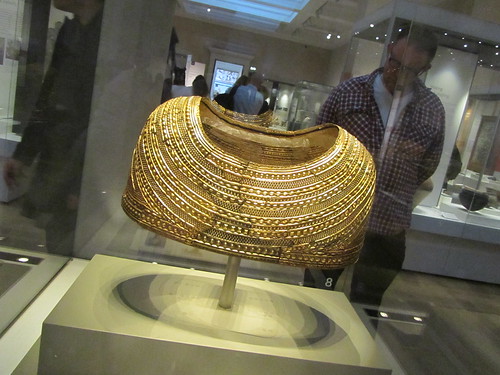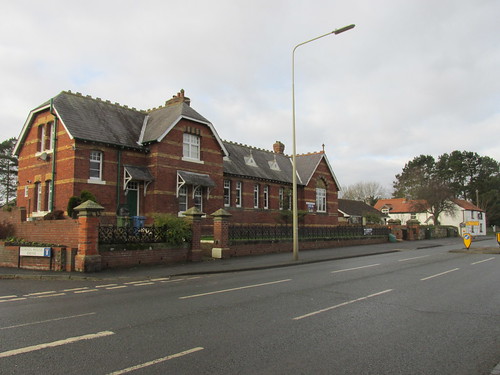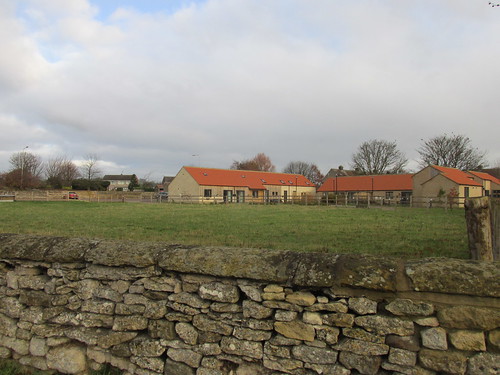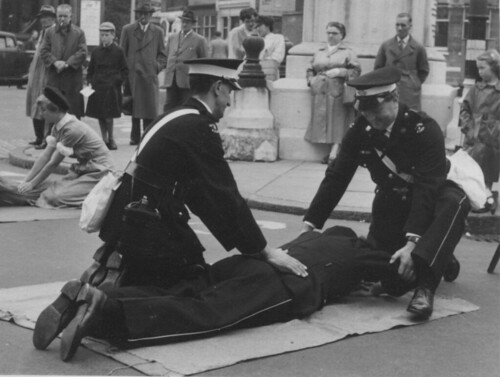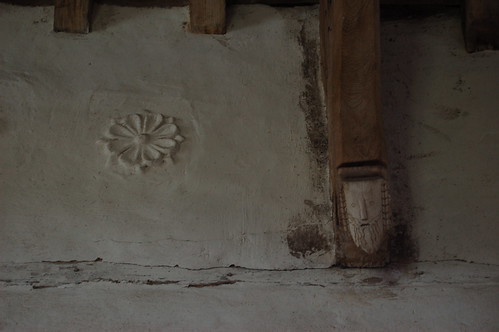Here we are again on Friday so it's time to join in with Amy at
Love Made My Home for Five on Friday. Don't forget to visit to read other people's fives when you're done here.
October 11
 |
| Yes, I drew that. |
If you haven't tried any of this year's blackberry crop you'd better hurry - you only have until Tuesday. By tradition, the Devil flies over them and spits on the fruit on the night of Michaelmas. He took a dislike to the plant and the day after falling from the sky (it's a holy day, after all) and landing in brambles. Anyone who has picked blackberries knows just how sharp the bramble bush can be. Hence Old Nick's anger and his annual attack on them. Of course, you might also know that Michaelmas is celebrated on September 29, but back in 1752 Britain converted from the Julian to the Gregorian calendar and 'lost' 11 days in the process. (
Read more here.)
October 11 is therefore 'old Michaelmas', but the Prince of Darkness is a bit set in his ways!
Apples

While you're out gathering, see if you can find some apples. They have all kinds of superstitions associated with them, many to do with divining who a young girl might marry. (Peel off the skin in one piece, throw it over your shoulder, then see what letter it makes. Don't get too excited if you are currently seeing someone called Steve or Simon! Or extract the pips, give them all names and put them on the fire. Any that 'spit' are likely future husbands, but if they fizzle they're no-hopers.) On the other hand, if you have any warts you can charm them away by cutting the apple in half, rubbing the cut sides on your wart, then put the halves back together, tie with string and bury it. As it rots away, so will your wart.
Falling leaves
If you're in need of some good luck you might also keep an eye out for falling leaves. If you can catch one before it hits the ground it is supposed to be very lucky, and some versions of the lore suggest you can make a wish. But be careful what you wish for - it might come true!
Robins
Something else you might spot at this time of year is a robin. They're friendly birds, and somehow they seem to be more common as the seasons turn colder. If you see one say hello to it, and it should bring you good luck. Just don't let it get indoors. It's extremely bad luck for any wild bird to be in your house.
Weather
A couple of useful old saws for this time of year concern the weather.
A rhyming couplet you might remember: When ditches and ponds offend the nose, watch out for rain and stormy blows.
And some warnings of a harsh winter to come: a large crop of acorns; autumn leaves clinging to trees; and thick skins on your onions!








